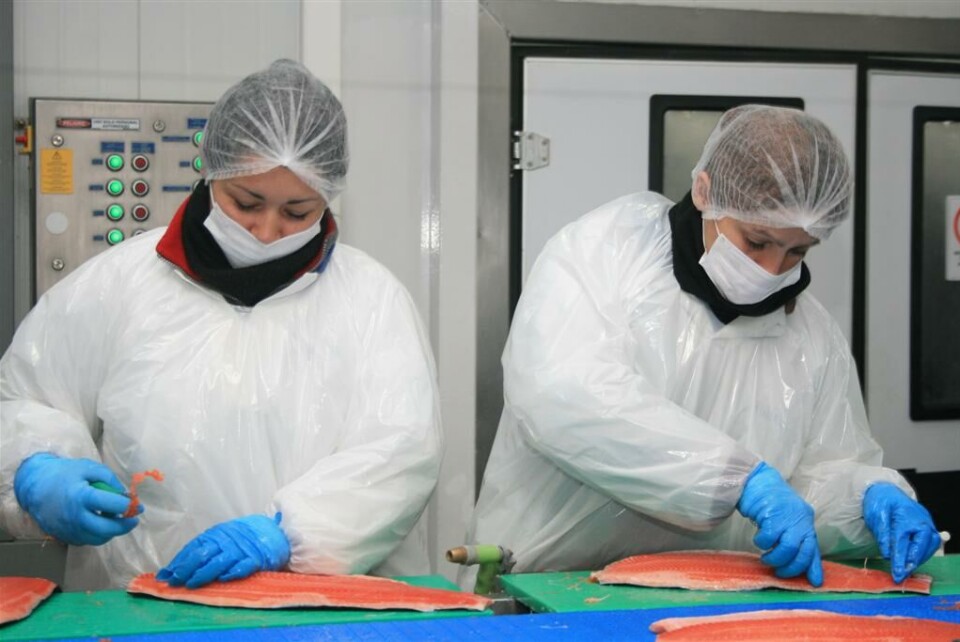
Algae will double unemployment levels in Los Lagos
This summer's Harmful Algae Blooms (HABs) will lead to at least 10,000 layoffs in Los Lagos region, according to an eminent Chilean economist.
After several years of full employment, the spectre of job losses seems to be reappearing in Los Lagos region. Although the region experienced the lowest unemployment rate in the country in Q1, at 2.5%, it is likely to double in Q2.
Data from the National Statistics Institute (INE) reveals that there are currently only 10,828 unemployed people in the region of Los Lagos, of which 8,985 are long-term unemployed and 1,843 are seeking work for the first time. However, the former Undersecretary of Finance, Tomás Flores, said that if the full impact of HABs will not be reflected until Q2, when the number of unemployed will reach 22,100 in the region, equivalent to an unemployment rate of 5.1%. Even if this is the case, Los Lagos will still have one of the lowest unemployment rates in the country.
The economist explained that his calculation is the result of estimates from the Ministry of Economy, which expects 5,000 artisanal fishermen to be prevented from working by the spread of Paralytic Shellfish Poisoning (PSP), in addition to 4,000 layoffs in the salmon producing industry and another 2,300 indirect jobs lost in sectors such as retail - a total of 11,300 jobs.
According to information published in El Mercurio, the president of the Association of the Chilean Salmon Industry (Salmonchile), Felipe Sandoval, said that this whole situation could have an impact on the income of the region (about US$ 870 per person per month), which would affect spending and therefore other economic activities.
The Ministry of Labor's representative in the region, Claudio Villanueva, said that the government has developed a series of actions to boost retraining, in order to mitigate rising unemployment. In the particular case of people formerly employed in the salmon industry, the Authority has created training courses for 4,200 people, with an investment of over US$ 5.8 million, a process that is currently underway.























































